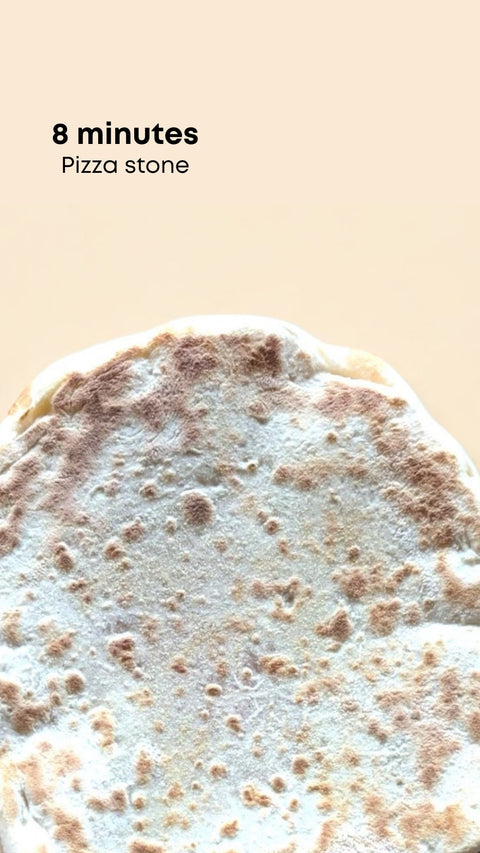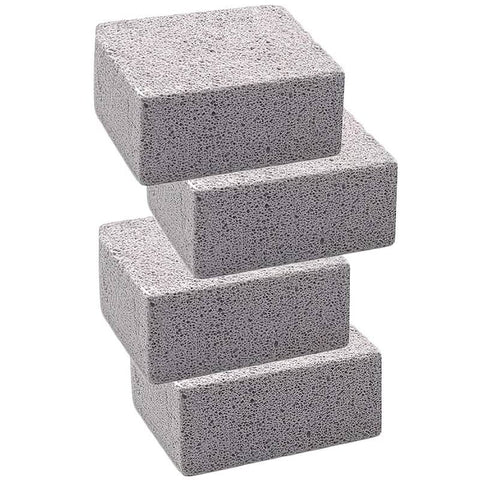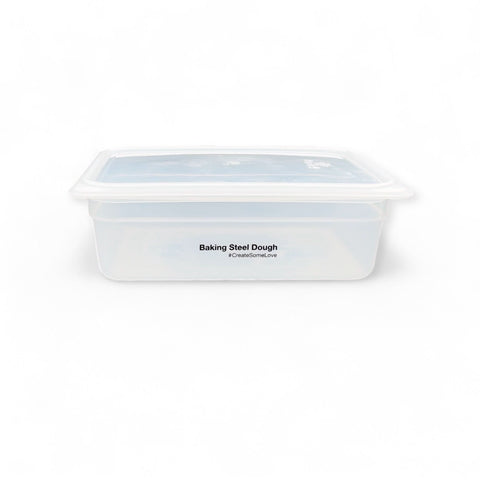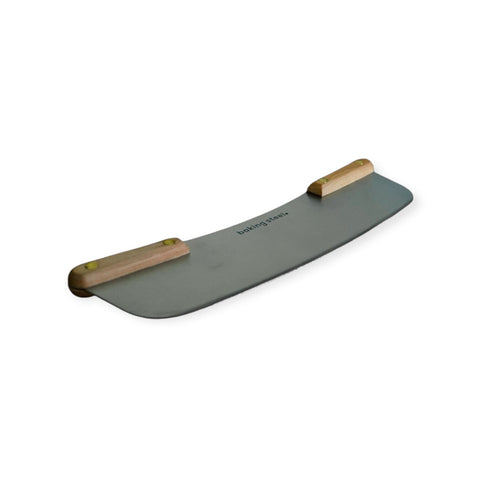The two things in life I know best are steel and pizza.
My dad’s a steel man. My brother’s a steel man. And I suppose somewhere deep inside I’m a steel man, too. My family owns the Stoughton Steel Company in the South Shore of Boston, where we’ve made industrial steel products for over 40 years.
But when I was young, I didn’t want much to do with the family business. I left to see the world, became a tennis instructor, and held every service job imaginable. Along the way I learned that I loved working in the kitchens of restaurants. There’s something about the energy, the hustle and of course, the food.
In my twenties I landed a cooking job with the celebrated chef Todd English, slinging pizza at his restaurant Figs in Boston. Todd was at the head of the artisan pizza trend: he sourced local ingredients and championed the now-trendy airy, thin crust pizza long before anyone said the phrase “farm to table.” My time at Figs offered an education that I couldn’t have bought.
I already liked pizza, but after working for Todd, I lived for it. There’s the quiet, meditative process of prepping: the feel of dough in your hands, the comforting repetition of chopping and stirring. There’s the sweet aroma of rising dough and the acidic zing of fresh tomato sauce. And the most fulfilling part of making pizza is the sense of connection and creativity that comes with the process. It is most fun as a family, friend, or party activity.
But although homemade pizza is fun to make, the pie never quite measures up to the airy, perfectly crispy crust you get straight out of a restaurant’s screaming-hot brick oven. For years I (and every serious home cook I knew) had used a baking stone in our ovens, thinking that they were the best way to approximate the charred, blistered crusts we love. Even with my training, though, I never thought I could make restaurant-quality pizza at home.
A few years after I transitioned from Todd’s kitchen to working on his management team, the hectic pace and unforgiving hours burned me out. My dad asked if I’d come back to the family business, and I said yes. I gave it my all—but part of me dreamed about starting a new business, one related to food.
One day I read an article about Nathan Myhrvold’s Modernist Cuisine. That hallowed encyclopedia of food science makes a key observation about the physics of baking. It essentially says, “Did you know the best conductor for making a perfect pizza crust is not a stone, but steel?” If I were anyone else, I might have nodded, thought about it for a second, and moved on with my life. But not everyone is a steel man with a passion for pizza. This felt like fate.
I sprinted into the plant to hunt for the thinnest piece of metal I could find to test the idea out. I found a rusty scrap that had been once been a Caterpillar part. It wasn’t pretty, but it looked like just the right size for my experiment.

When I brought it home and told my wife it was my new pizza stone, she looked at me like I was crazy. But actions speak louder than words. That first pizza I made was revelatory: it baked in half the time of my traditional pizza stone, and perfect, airy crispness of the crust brought me back to the days of working with a 900-degree wood-fired oven.
Encouraged by my first test run, I cautiously mentioned my experiment to my brother and father, who run Stoughton Steel, gently suggesting it could be a new product for us. Their reaction was…. skeptical. We produced stabilizer pads for backhoes, not kitchenware. How on earth were a bunch of steel guys going to bring a home pizza product to market?

I didn’t trust my intuition and decided to shelve the project. Still, the idea stuck with me. I woke up every morning for six months thinking about the pizza steel. Then, one day I found the confidence to take the leap and do everything I could to bring it to life. I had been working hard for the past 15 years, but I hadn’t been pursuing my passion. I had two young boys—and I thought of the example I was setting for them. Sure, I was in a comfortable spot in my career, but comfort is not the same as fulfillment. I wanted to show them you can get up every day and do what you love.
I already knew the steel worked. I resumed talking about my idea for a steel baking surface with my father and brother, less cautiously now—and they began to come around. Perhaps it was my confidence in the product, or maybe they were convinced by the amazing pizza I was making. I refined the prototype and they began to see how my passion project could become a source of income.
Launching a new product isn’t as simple as putting a piece of steel in a box with a logo and shipping it. In developing the baking steel, I had to consider its size, shape, and weight—what would work without being too cumbersome? I obsessively measured the heat and sizes of ovens (probably making myself a person of interest at Home Depot in the process). I practically wore ruts in the pavement going between our production facility and my parents’ kitchen with the latest versions, testing the seasoning process to make the Steel food-safe.
The more I tested the steel, the more versatile I realized it was. It could be used for roasting meat and vegetables, baking bread, and even frozen and used to make slab-style ice cream creations. But what would we call it? I have my brilliant wife to thank for the name: Baking Steel. It was perfect: factual, simple, and, like the steel, not just for pizza
In the beginning, I was so focused on making the product work that I did not have any sales goals. Selling even one seemed like the best place to start. After seeing other small businesses find success with crowdfunding platforms like Kickstarter, I decided that was what we needed to prove that the steel was a viable product. I set a modest goal of $3,000, just enough to cover the first production run. I had the support of my friends and family, and I knew the Baking Steel made the best homemade pizza I’d ever tasted, but would anyone else care? After all, nearly two-thirds of Kickstarter projects never get fully funded.
As soon as the site went live, I reached out to everyone I’d ever known, talked to, dated, or bought a latte from. A day later, we made our goal. It was really happening!
Before the campaign closed, something incredible happened. Kenji Lopez-Alt, the managing culinary director of the popular food website Serious Eats, emailed to ask if he could try one out. A couple of days later he posted a review stating that the Baking Steel blew his favorite pizza stone out of the water: Things snowballed and the number of Kickstarter backers had doubled.
Our first Steel shipped in 2012. Since then, we’ve brought pizza and restaurant-quality baking projects to thousands of homes. I’ve opened a test kitchen near my Boston area home, and work with an amazing chef, Craig Hastings, who helps develop recipes. The Steel has inspired a new generation of pizza-makers. And with our new griddle-surface baking steel, we’ve brought the cooking power of steel to a wider range of applications. Baking Steel enthusiasts are dreaming up new recipes for it all the time, from whoopie pies to roasted vegetables to perfect steaks and yes, even English muffins, some of which were kindly provided for this book. (If you come up with a new Baking Steel recipe, share it with me at andris@bakingsteel.com.)
It’s amazing what a piece of steel has done for my life. Let me show you what it can do in your kitchen.
Follow us on Instagram: @bakingsteel
Follow us on Facebook: Facebook.com/bakingsteel
Join #createsomelove Facebook Group: HERE
Click here to view more recipes from Baking Steel!







